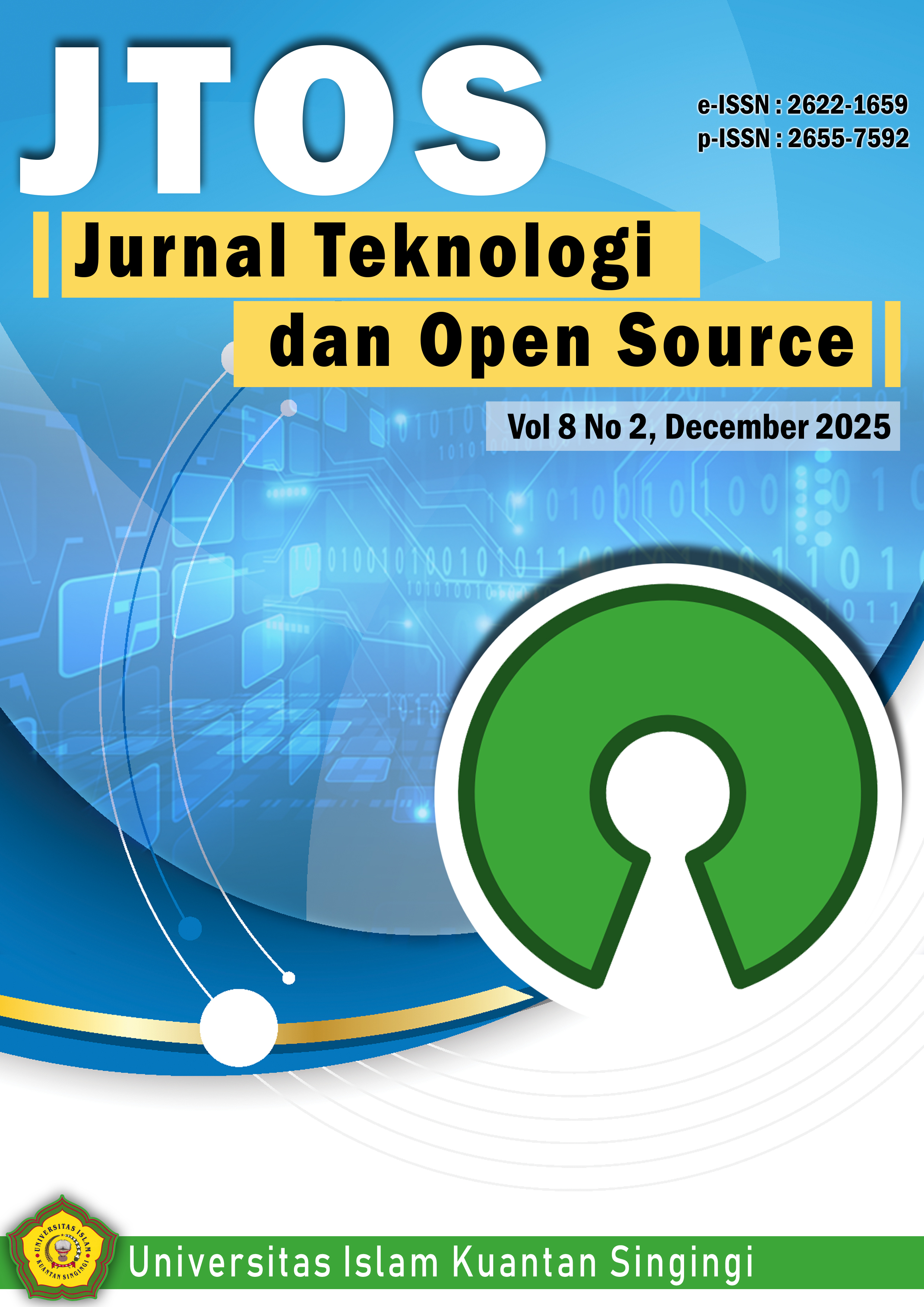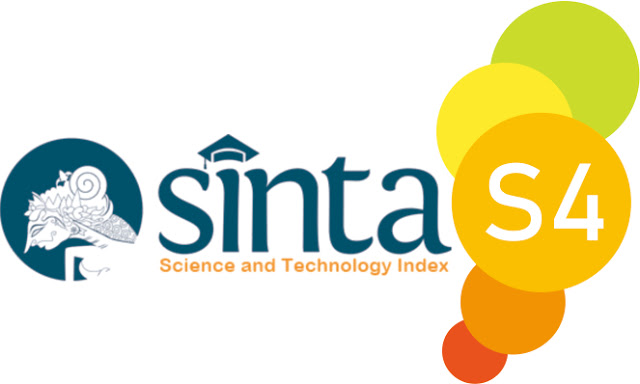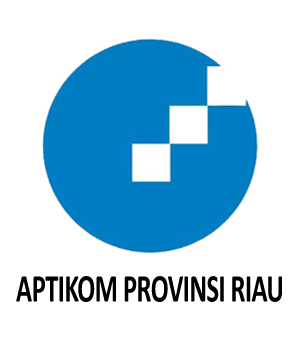UI/UX Design of the “PrintOn!” Printing Services Marketplace for UMKM Photocopying and Printing Businesses Using the User Centered Design Method
Abstract
UMKM in the photocopy and printing sector faced several obstacles when managing orders through messaging platforms. Customer messages were often difficult to identify due to the absence of names or profile photos, and lengthy, unclear texts further complicated communication. The use of multiple platforms such as social media and email required manual checking, which delayed response times. This study aimed to design a user interface and user experience (UI/UX) for a printing service marketplace application to improve the service process for UMKM. The design process followed a human-centered design approach, beginning with literature studies, user context identification through interviews with 15 respondents, and user needs analysis using empathy maps, personas, and affinity diagrams. Solutions were developed through user flow mapping, information architecture, and prototyping using Figma. Evaluation was conducted using usability testing via Maze, the System Usability Scale, and heuristic evaluation by five expert evaluators. The findings indicated issues in areas such as consistency and aesthetic minimalism, which received high severity ratings. After iterations, customer usability scores improved from 67.5 to 82.8 and provider scores from 78.5 to 80.5. These results demonstrated that the final "PrintOn!" application design met usability standards and enhanced user experience, making it ready for implementation.
Downloads
References
S. Armiati, H. W. Sentosa, and M. Z. Hanif, “Perancangan Sistem Informasi Jasa Print dan Fotokopi Menggunakan
Metode Location Based Service,” Improve, vol. 14, no. 1, pp. 6–13, Sep. 2022.
A. R. J. Metekohy, R. Rotikan, J. I. Sihotang, and Y. K. Menulis, “Pengantar Teknologi Digital: Web dan Mobile
Teknologi,” YAYASAN KITA MENULIS. Accessed: Feb. 06, 2025. [Online]. Available: https://www.researchgate.net/publication/381291236_Pengantar_Teknologi_Digital_Web_dan_Mobile_Teknologi
J. T. Informatika, “PERANCANGAN ANTARMUKA PENGGUNA YANG RESPONSIF UNTUK
MENINGKATKAN USABILITY APLIKASI MOBILE,” TECHSI - Jurnal Teknik Informatika, vol. 14, no. 2, p. 144, Oct. 2023, doi: 10.29103/techsi.v14i2.14371.
User Interface, https://dl.acm.org/doi/pdf/10.5555/1074100.1074893 (accessed Jul. 17, 2025).
R. Ishak, “SISTEM INFORMASI JASA FOTO COPY DAN PRINT SECARA ONLINE BERBASIS WEB,” Jurnal
Ilmu Komputer dan Sistem Informasi, vol. 9, no. 1, p. 170, Jan. 2021, doi: 10.24912/jiksi.v9i1.11590.
C. Ravelino and Y. A. Susetyo, “Perancangan UI/UX untuk Aplikasi Bank Jago menggunakan Metode User Centered
Design,” Jurnal JTIK (Jurnal Teknologi Informasi dan Komunikasi), vol. 7, no. 1, pp. 121–129, Jan. 2023, doi: 10.35870/jtik.v7i1.697.
T. Lowdermilk, User-Centered Design: A Developer’s Guide to Building User-Friendly Applications. “O’Reilly
Media, Inc.,” 2013.
A. Wiradito, W. A. A. Daulay, and R. A. Putri, “Evaluasi Pengembangan Sistem Informasi Pencari Kerja melalui
Aplikasi Siduta di Dinas Ketenagakerjaan Kota Medan dengan Metode SUS (System Usability Scale),” Jurnal Pendidikan Tambusai, Feb. 2024, doi: https://doi.org/10.31004/jptam.v8i1.13774.
J. Nielsen, Usability Engineering Book. Elsevier, 1994.
“ISO 9241-210:2010,” ISO. Accessed: Feb. 06, 2025. [Online]. Available: https://www.iso.org/standard/52075.html
J. H. M. CA. Prof. ,. Dr. ,. MBA. ,. Ak. ,. CMA. ,., Metoda Pengumpulan dan Teknik Analisis Data. Penerbit Andi,
Teori Wawancara Psikodignostik. Accessed: Jul. 17, 2025. [Online]. Available:
https://books.google.co.id/books?id=uS96DwAAQBAJ&printsec=frontcover&hl=id#v=onepage&q&f=false
K. Pernice and R. Krause, “Affinity diagramming for Collaboratively Sorting UX Findings and Design Ideas,”
Nielsen Norman Group, Apr. 26, 2024. Accessed: Feb. 06, 2025. [Online]. Available: https://www.nngroup.com/articles/affinity-diagram/
H. S. Wibowo, Desain Interaktif dengan Figma Panduan Praktis untuk Pemula dan Profesional. Tiram Media, 2023.
“ISO 9241-11:2018(en), Ergonomics of human-system interaction — Part 11: Usability: Definitions and concepts.”
Accessed: Jul. 17, 2025. [Online]. Available: https://www.iso.org/obp/ui/#iso:std:iso:9241:-11:ed-2:v1:en
“SUS: A ‘Quick and Dirty’ Usability Scale,” in Usability Evaluation In Industry, CRC Press, 1996, pp. 207–212.
Accessed: Feb. 06, 2025. [Online]. Available: https://doi.org/10.1201/9781498710411-35
S. Gibbons, “Empathy Mapping: The First Step in Design Thinking,” Nielsen Norman Group, Jan. 14, 2018.
Accessed: Feb. 06, 2025. [Online]. Available: https://www.nngroup.com/articles/empathy-mapping/
J. Patton and P. Economy, User Story Mapping: Discover the Whole Story, Build the Right Product. “O’Reilly
Media, Inc.,” 2014.
D. Gray, S. Brown, and J. Macanufo, Gamestorming: A Playbook for Innovators, Rulebreakers, and Changemakers.
“O’Reilly Media, Inc.,” 2010.
C. Browne, “What Are User Flows In UX Design? [Full Beginner’s Guide],” CareerFoundry. Accessed: Feb. 16,
[Online]. Available: http://careerfoundry.com/blog/ux-design/what-are-user-flows
D. Saffer, Designing for Interaction: Creating Innovative Applications and Devices. New Riders, 2010.
L. Rosenfeld, P. Morville, and J. Arango, Information Architecture: For the Web and Beyond. “O’Reilly Media,
Inc.,” 2015.
E. Marquand, How to Prepare and Present Roughs, Comps, and Mock-ups. 1985.
A. Cooper, R. Reimann, D. Cronin, and C. Noessel, About Face: The Essentials of Interaction Design. John Wiley &
Sons, 2014.
R. L. Mack and J. Nielsen, “Usability Inspection Methods: Executive Summary,” in Readings in Human–Computer
Interaction, Elsevier, 1995, pp. 170–181. Accessed: Feb. 06, 2025. [Online]. Available: https://doi.org/10.1016/b978-0-08-051574-8.50020-0
Copyright (c) 2025 Windy Fadhilah Susanti

This work is licensed under a Creative Commons Attribution-ShareAlike 4.0 International License.
This is an open-access article distributed under the terms of the Creative Commons Attribution-ShareAlike 4.0 International License which permits unrestricted use, distribution, and reproduction in any medium. Users are allowed to read, download, copy, distribute, search, or link to full-text articles in this journal without asking by giving appropriate credit, provide a link to the license, and indicate if changes were made. All of the remix, transform, or build upon the material must distribute the contributions under the same license as the original.















